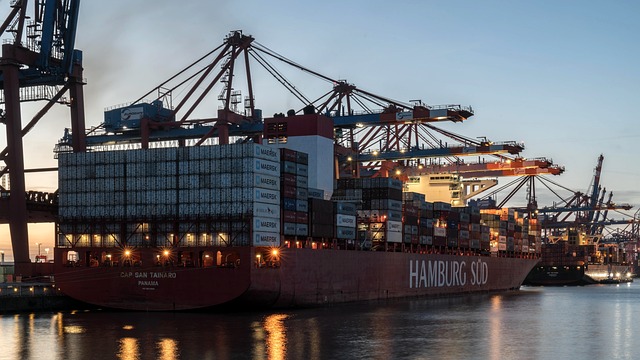Shipping Coin-Operated Arcade Machines from Guangzhou/Shenzhen to Barcelona Port via Sea Freight (20FT/40FT FCL and LCL)
Shipping coin-operated arcade machines from Guangzhou or Shenzhen to Barcelona Port in Spain requires careful consideration of both logistics and packaging to ensure the safe and efficient transportation of these delicate and heavy items. In this article, we will explore the process for shipping these arcade machines by sea freight, either in Full Container Load (FCL) or Less than Container Load (LCL), with a typical transit time of around 25 days.
Shipping Methods: FCL vs LCL
Full Container Load (FCL): When shipping a large volume of arcade machines, you may choose to book an entire container. There are two common options for FCL shipping: a 20-foot container (20FT) or a 40-foot container (40FT). For heavy or bulky cargo like arcade machines, a 40FT container is often the preferred choice due to its larger capacity, allowing for more efficient space utilization and fewer handling risks.
- 20FT FCL: Suitable for shipments with a moderate volume, typically accommodating around 6-8 arcade machines, depending on their size.
- 40FT FCL: Ideal for larger shipments, providing enough space for approximately 12-16 arcade machines, making it more cost-effective for bulkier loads.
The FCL shipping method offers direct transport from Guangzhou/Shenzhen to Barcelona Port, reducing the risk of cargo being delayed or damaged due to frequent handling.
Less than Container Load (LCL): If the volume of your shipment is smaller and does not fill an entire container, LCL shipping might be a better option. LCL allows you to share container space with other shippers. While this option is cost-effective for smaller shipments, it requires careful coordination to avoid delays or damage.
In LCL shipping, arcade machines will be loaded into a shared container with other cargo, and the transit time can be similar to FCL, approximately 25 days, depending on the specific shipping schedule.

Port-to-Port (CIF) Service
For this type of shipment, the CIF (Cost, Insurance, and Freight) incoterm is commonly used, meaning that the seller is responsible for covering the costs, insurance, and freight charges up to Barcelona Port. The buyer, on the other hand, will handle import duties, taxes, and inland transportation once the goods arrive at the destination port.
The sea freight transit time from Guangzhou/Shenzhen to Barcelona is typically around 25 days, depending on weather conditions, port congestion, and other factors.
Packaging for Coin-Operated Arcade Machines
Proper packaging is critical to ensuring that coin-operated arcade machines arrive at their destination undamaged. Due to the sensitive nature of the machinery and its relatively heavy weight, the following packaging methods are commonly used:
Wooden Crates: Each arcade machine should be carefully placed into a customized wooden crate to protect it from damage during transit. Wooden crates offer the necessary support and protection from external pressure, impacts, and environmental factors like moisture or temperature fluctuations.
- Dimensions: The size of the crate should be customized to fit the arcade machine securely, leaving minimal room for movement but allowing for easy handling.
- Internal Padding: The inside of the crate should be lined with foam, bubble wrap, or other cushioning materials to prevent the arcade machine from shifting or being damaged during loading and unloading.
Shrink Wrapping: For additional protection, arcade machines are often wrapped in shrink wrap before being placed into wooden crates. Shrink wrap helps to protect the exterior from scratches, dirt, and moisture while providing a tight seal to prevent movement.
Metal Bands: After the arcade machine is securely packed into its crate, metal bands are often used to further secure the package and prevent any shifting during the transit.
Handling Instructions: Clear handling instructions should be marked on the crates to ensure that handlers understand the delicate nature of the cargo and treat it with care during loading, unloading, and transport.



